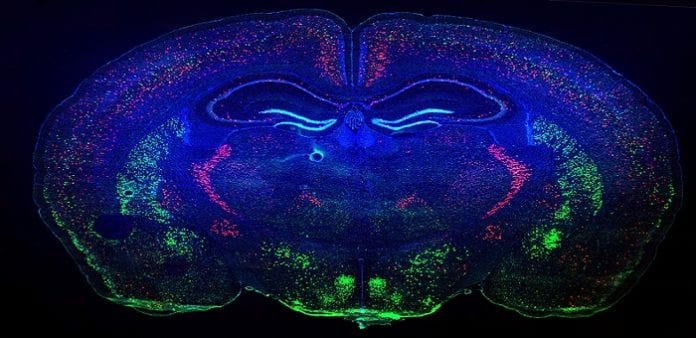Table Of Contents
Queensland scientists have discovered a novel non-invasive ultrasound method to restore memory in Alzheimer induced mice
Breakthrough in Alzheimer’s disease: Australian researchers have found that scanning ultrasound would remove Amyloid Beta patch which is responsible for memory loss leading to restoration of the memory in genetically engineered mice.
Australian citizens above the age of 65 years have been suffering from the Alzheimer’s disease which is a form of dementia.
Dementia is progressive brain disorder wherein the brain cells degenerate due to which the person is not able to function normally. The major symptoms of the disease being memory loss, confusion, personality change, withdrawal and a loss of ability to do everyday tasks.
At present there is no permanent cure and the drugs provide only symptomatic treatment while the brain keeps degenerating and the condition worsens day by day. Clem Jones Centre for Ageing Dementia Research (CJCADR), Australia, foscusses on research into the prevention and treatment of dementia with the main aim to preserve the quality of life for the older Australians. Australia has an alarming number of about 250,000 older citizens suffering from Alzheimer.
Details of the experiment
Amyloid-? is a peptide which causes the neurotoxic plaques that destroys the synapses in the brain of a person suffering from Alzheimer’s dementia and is the main cause for memory loss.
A team of scientists at the University of Queensland’s Brain Institute (QBI) experimented by inducing the brains of test mice with the amyloid-? peptides. These test mice, now known as Genetically engineered mice were used to check the efficacy of non invasive and drug free ultrasound in the Alzheimer’s dementia treatment. The test mice were exposed to repeated scanning ultrasounds and it was seen that the ultrasound produced rapid oscillating waves that activated the microglial cells which ultimately absorbed the amyloid-? plaque and when examined with spinning disc confocal microscopy and 3D reconstruction it showed that the treatment had removed maximum amyloid-? plaques. The test mice had to undergo three major “memory task test” and 75% of the treated mice showed an improvement in their memory and they performed as normal mice.
PhD student Gerhard Leinenga had been working on the project for the past three years and was surprised to see that when they used a combination of Ultrasound and micro-bubbles technique to temporarily open the blood-brain barrier and clear the amyloid beta.; it gave tremendous response wherein activated microglial cells had consumed a lot of the amyloid-?.
Leinenga said: “In the Alzheimer’s brain it’s a toxic environment because there’s this build up of amyloid beta peptide in their brains so when it’s removed in mice, as we show, their memory improves.” He also added “But in humans it’s more difficult because the human brain is more complex and the human cognition is more complex. Definitely if we can improve the functioning in daily life and delay the progression of the disease, then it will have a huge benefit not just to the patients but to their families and carers.”
Leinenga also said that this is a novel treatment which is non invasive and also drug free and most probably would be targeted on the sheep brains prior to humans.
Clem Jones Centre for Ageing Dementia Research director Professor Jurgen Gotz said:”The word breakthrough is often misused but in this case I think this really does fundamentally change our understanding of how to treat this disease and I foresee a great future for this approach, ” he added that,”With an ageing population placing an increasing burden on the health system, an important factor is cost, and other potential drug treatments using antibodies will be expensive.
In contrast, this method uses relatively inexpensive ultrasound and micro bubble technology which is non-invasive and appears highly effective. The approach is able to temporarily open the blood-brain barrier, activating mechanisms that clear toxic protein clumps and restoring memory functions. With this approach the blood-brain barrier’s opening is only temporary for a few hours, so it quickly restores its protective role.”
Professor Gotz says human trials for the test are at least two years away.

